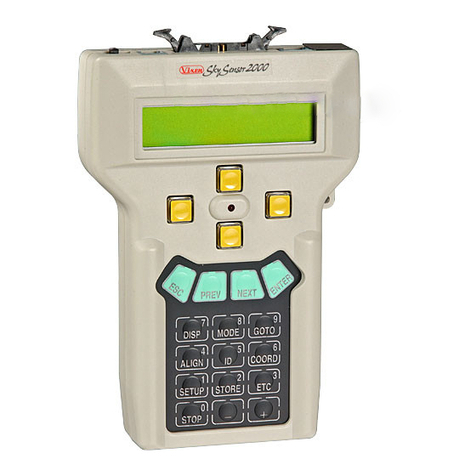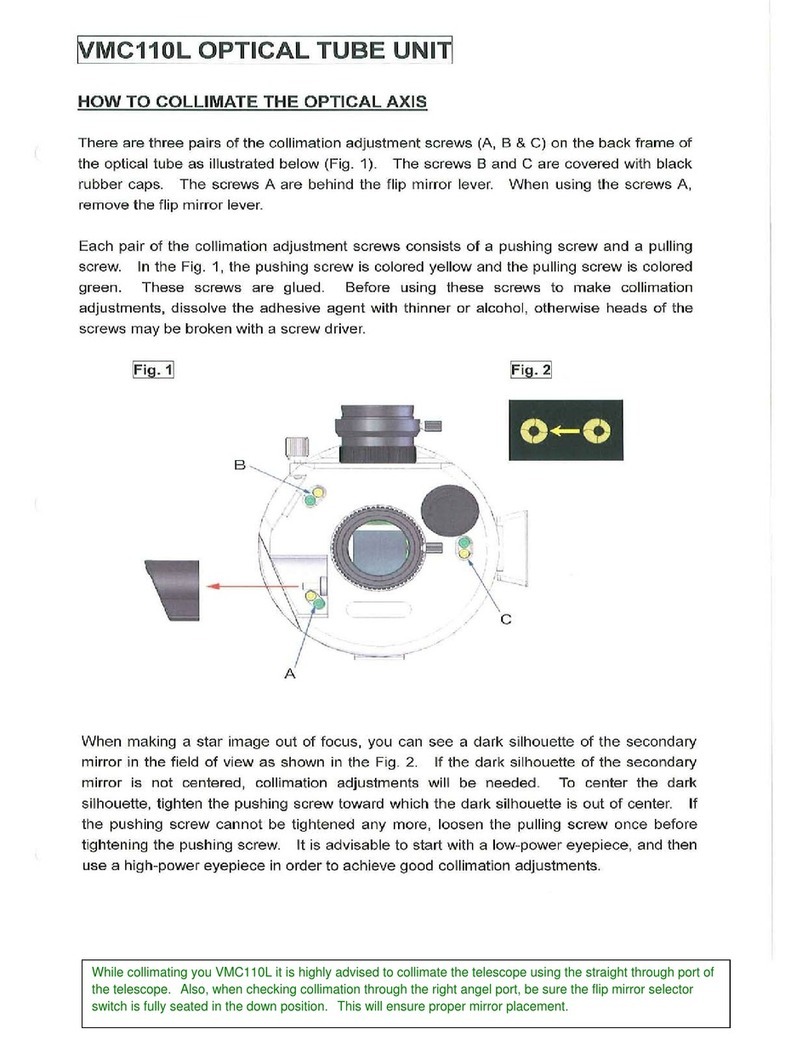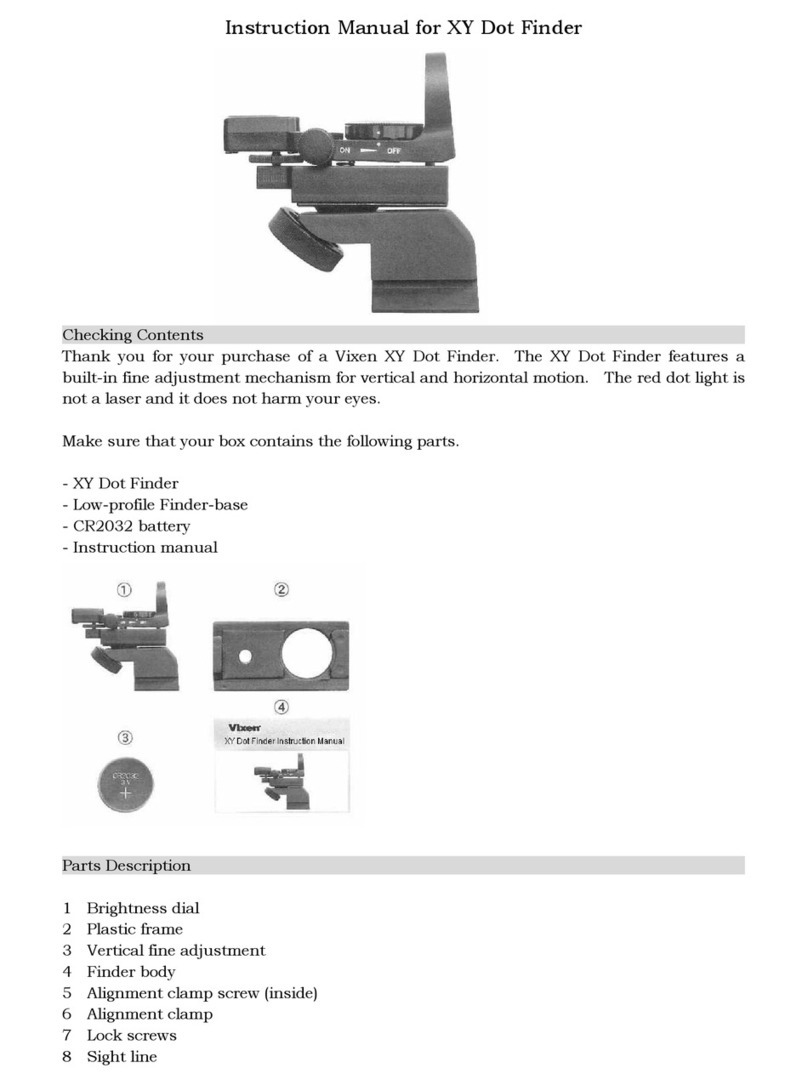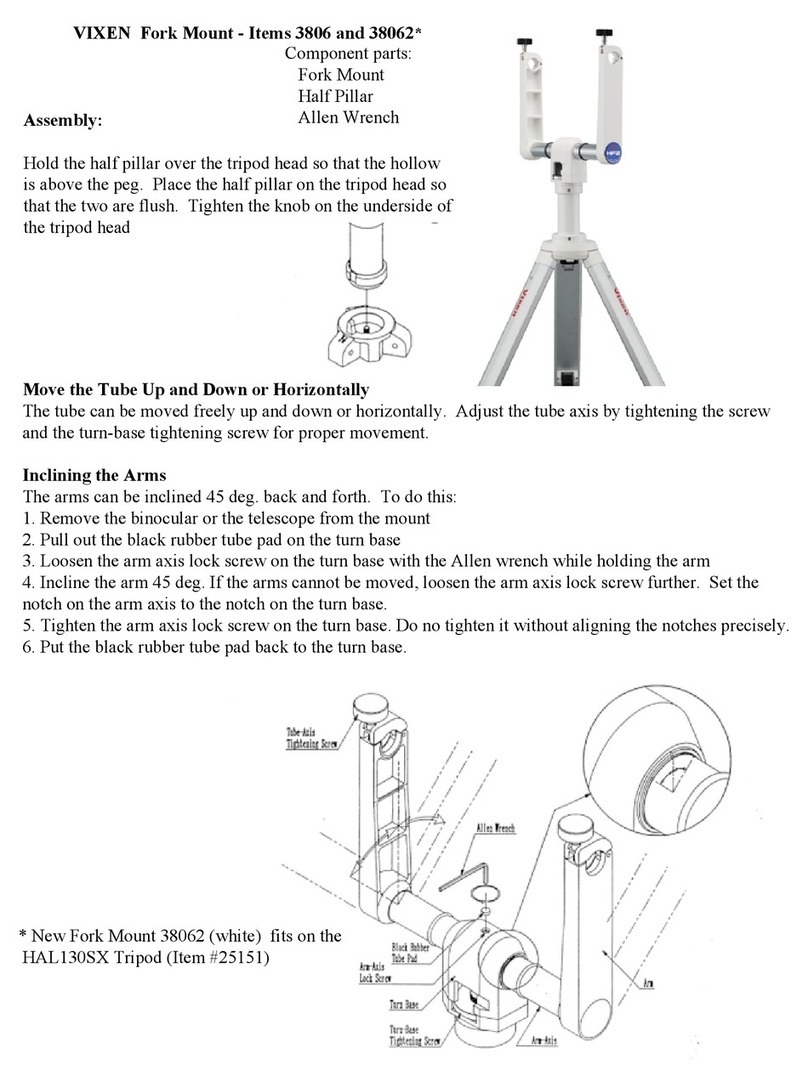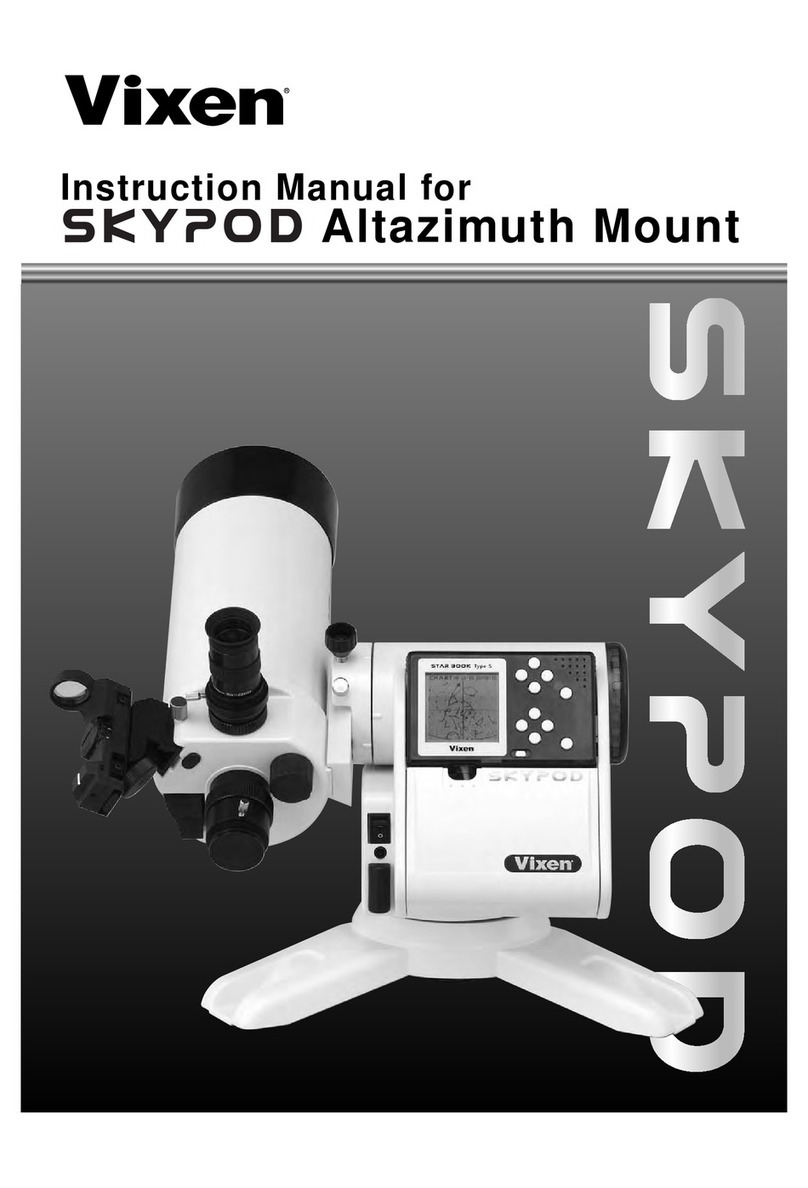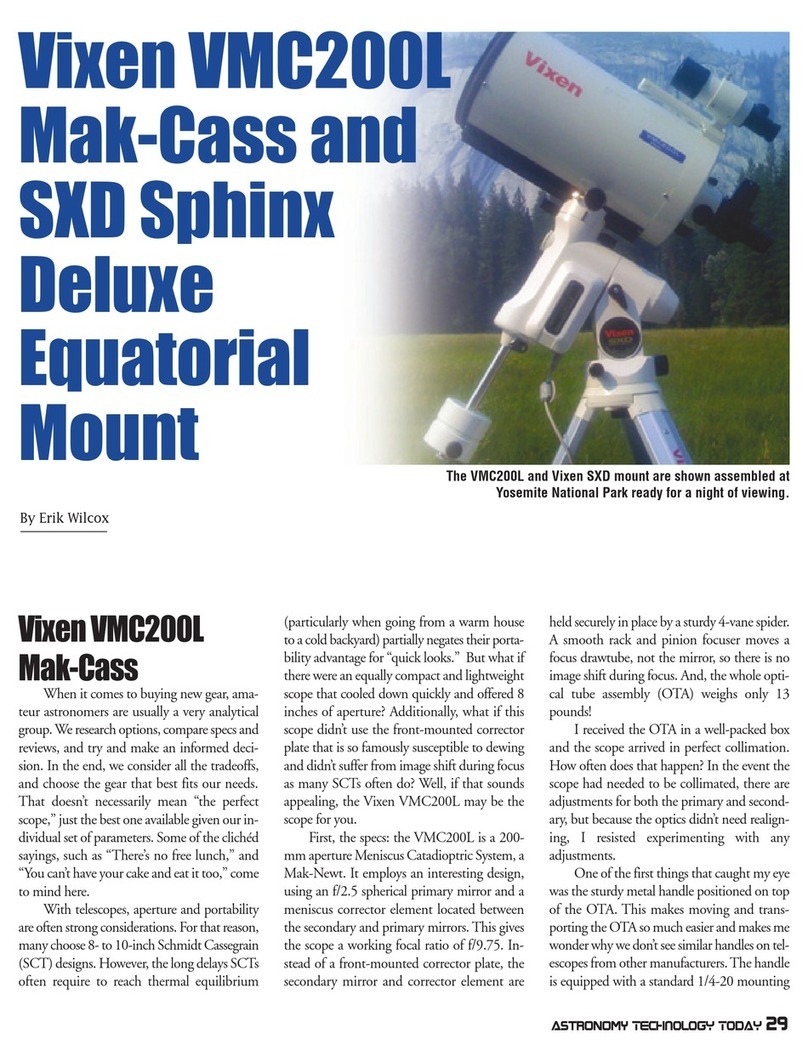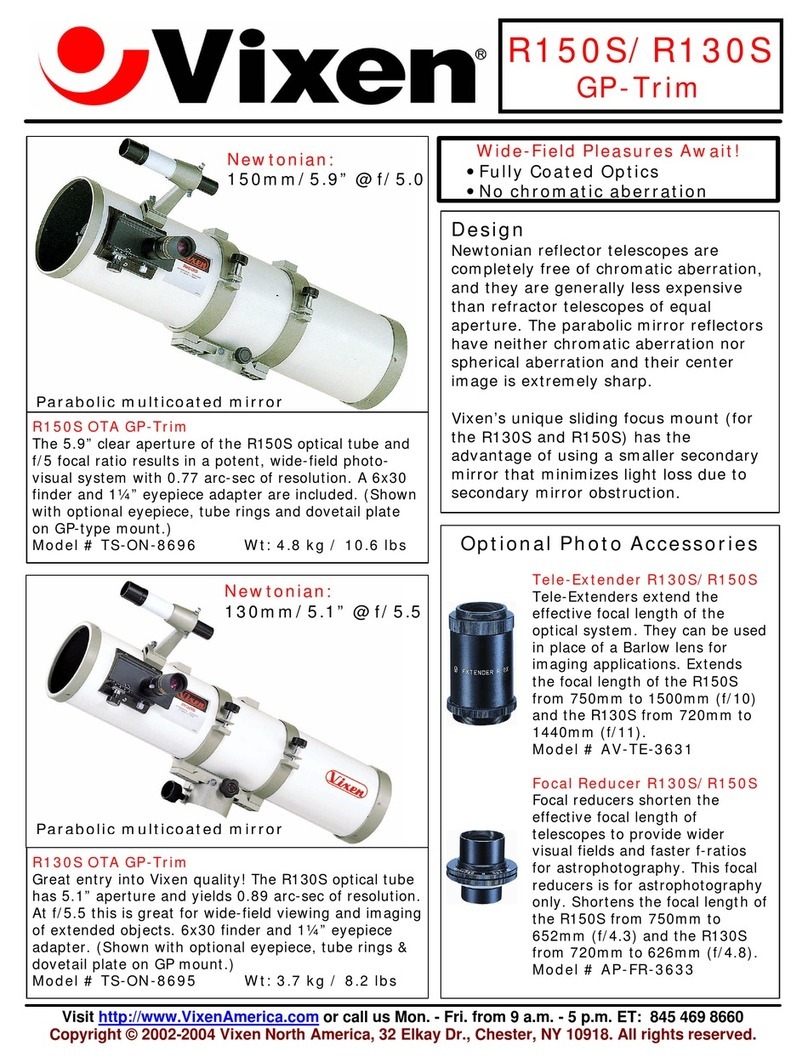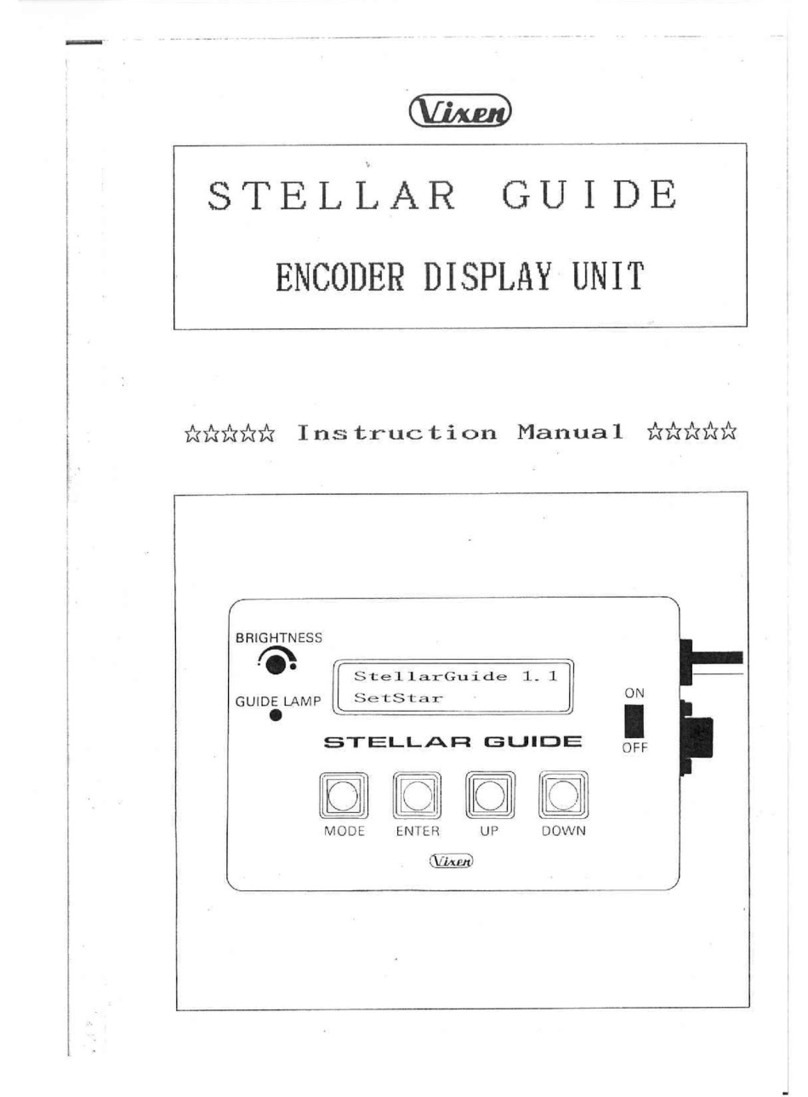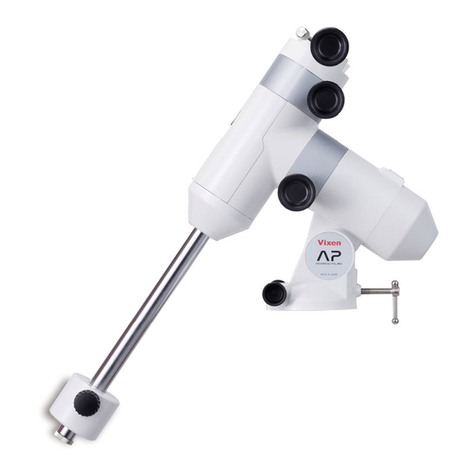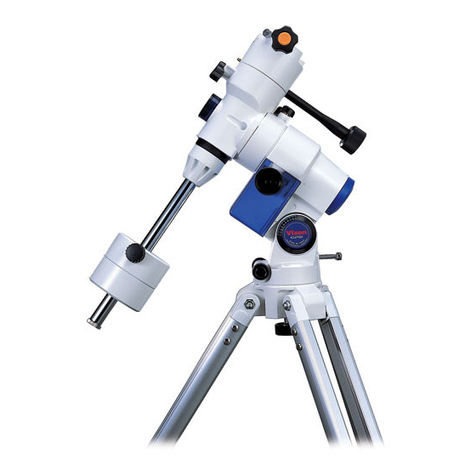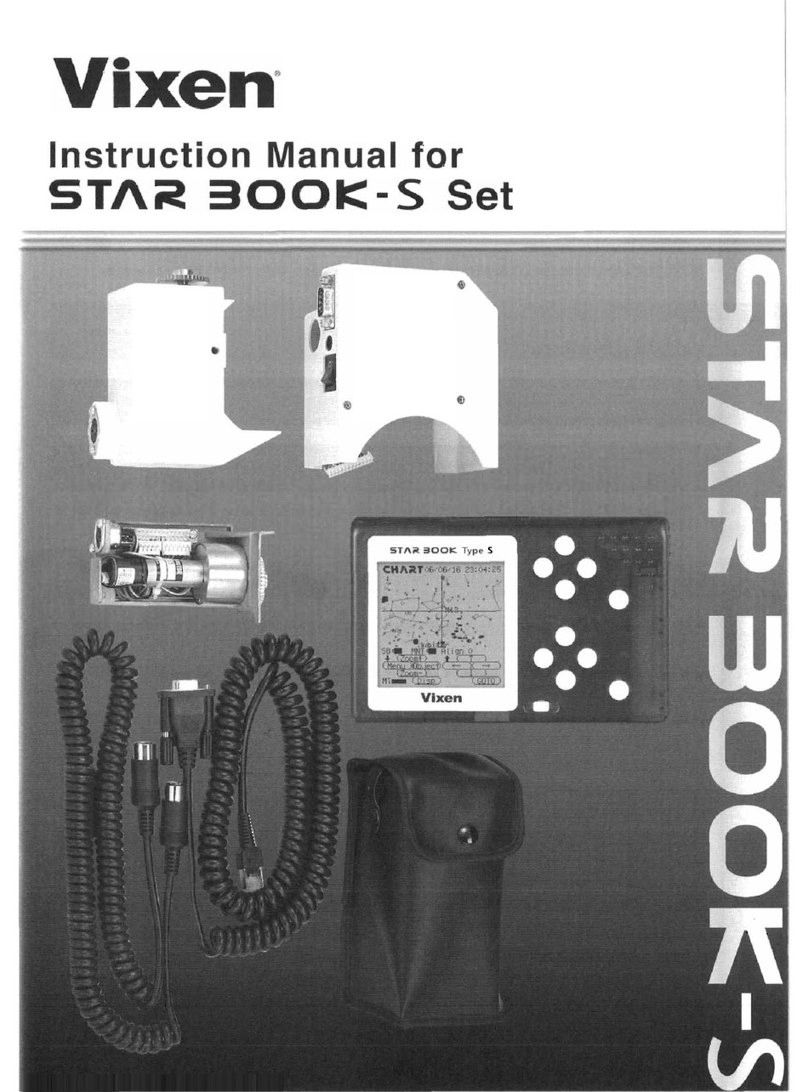
2
Hereby, Bresser GmbH declares that the equipment type with part number: X000327 is in compliance with Directive: 2014/53/EU.
The full text of the EU declaration of conformity is available at the following internet address:
www.bresser.de/download/X000327/CE/X000327_CE.pdf
Bresser UK Ltd. has issued a „Declaration of Conformity“ in accordance with applicable guidelines and corresponding standards.
The full text of the UKCA declaration of conformity is available at the following internet address:
www.bresser.de/download/X000327/UKCA/X000327_UKCA.pdf
Bresser UK Ltd. • Suite 3G, Eden House, Enterprise Way, Edenbridge, Kent TN8 6HF, Great Britain
Dispose of the packaging materials properly, according to their type, such as paper or cardboard. Contact your local waste-disposal service or
environmental authority for information on the proper disposal.
Do not dispose of electronic devices in the household garbage! As per the Directive 2002/96/EC of the European Parliament on waste electrical
and electronic equipment and its adaptation into German law, used electronic devices must be collected separately and recycled in an
environmentally friendly manner.
In accordance with the regulations concerning batteries and rechargeable batteries, disposing of them in the normal household waste is explicitly
forbidden. Please make sure to dispose of your used batteries as required by law — at a local collection point or in the retail market. Disposal in
domestic waste violates the Battery Directive. Batteries that contain toxins are marked with a sign and a chemical symbol.
Cd¹ Hg² Pb³
1battery contains cadmium
2battery contains mercury
3battery contains lead
Read the safety instructions and the operating instructions carefully before using the appliance.
Keep these operating instructions in a safe place for future reference. If the appliance is sold or passed on, the operating instructions must be
passed on to any subsequent owner/user of the product.
Respect the privacy of those around you - do not look into flats with this device, for example!
DANGER of bodily injury
Never look directly at or near the sun with this unit. There is a DANGER OF BLINDNESS!
Children may only use the unit under supervision. Keep packaging materials (plastic bags, rubber bands, etc.) away from children!
There is a DANGER OF CHOKING!
Not suitable for children under 3 years!
RISK OF FIRE
Do not expose the unit - especially the lenses - to direct sunlight! The light bundling could cause fires.
Do not expose the unit to temperatures above 60 °C!
Warranty & Service
The regular warranty period is 2 years and starts on the day of purchase. The complete warranty conditions as well as information on warranty
extensions and services can be found at:
www.bresser.de/warranty_terms
Allgemeine Warnhinweise
EC DECLARATION OF CONFORMITY
UKCA DECLARATION OF CONFORMITY
Entsorgung
